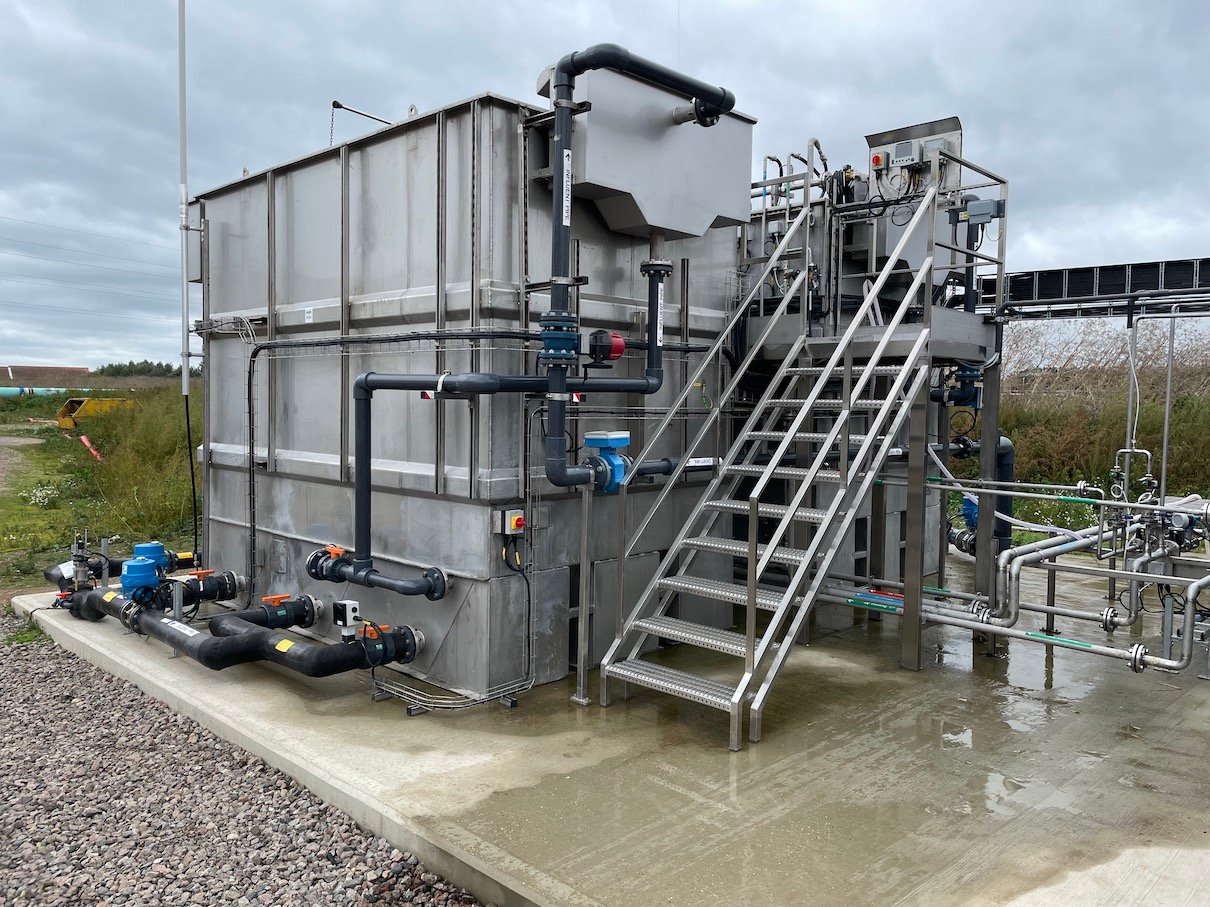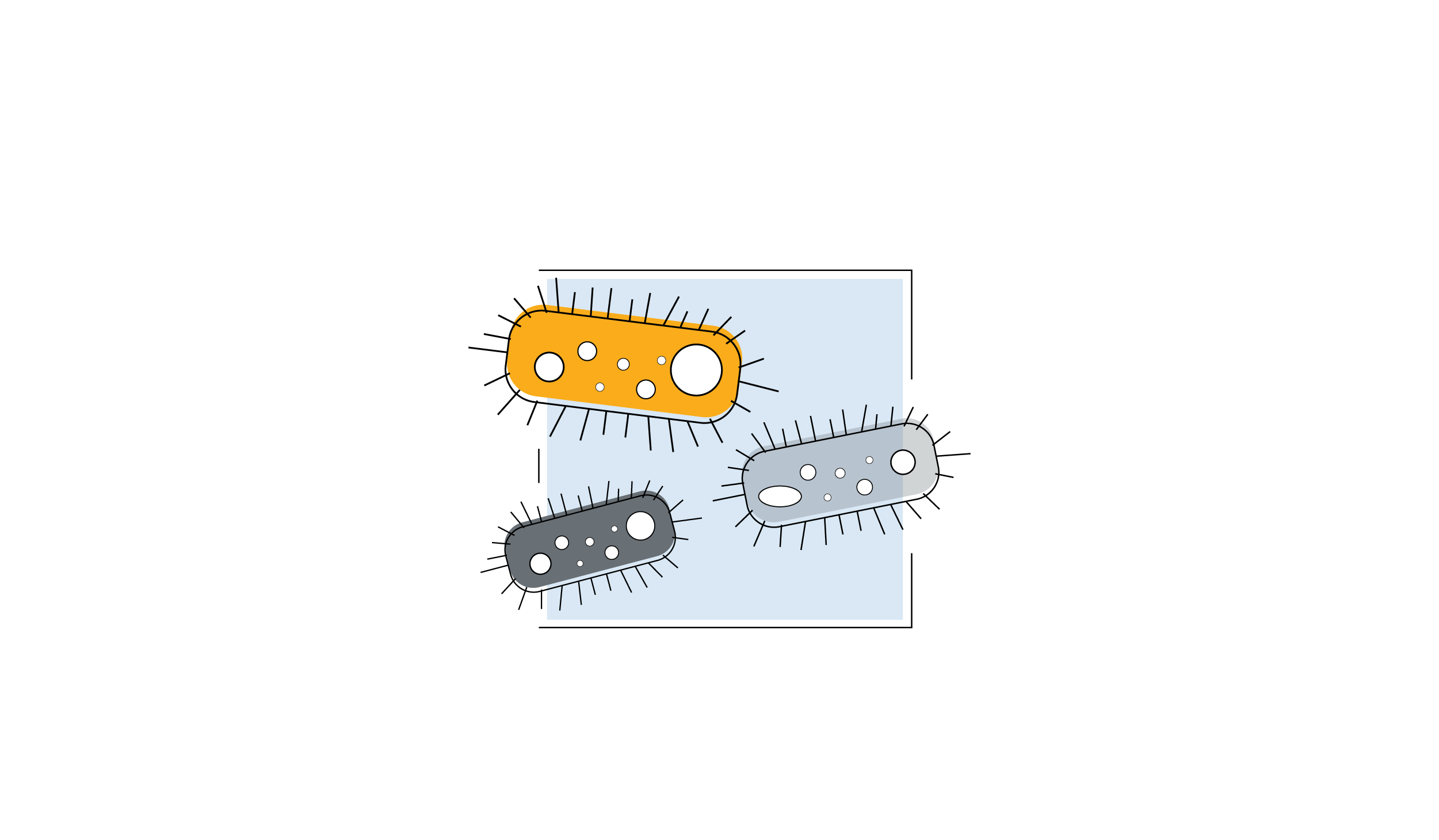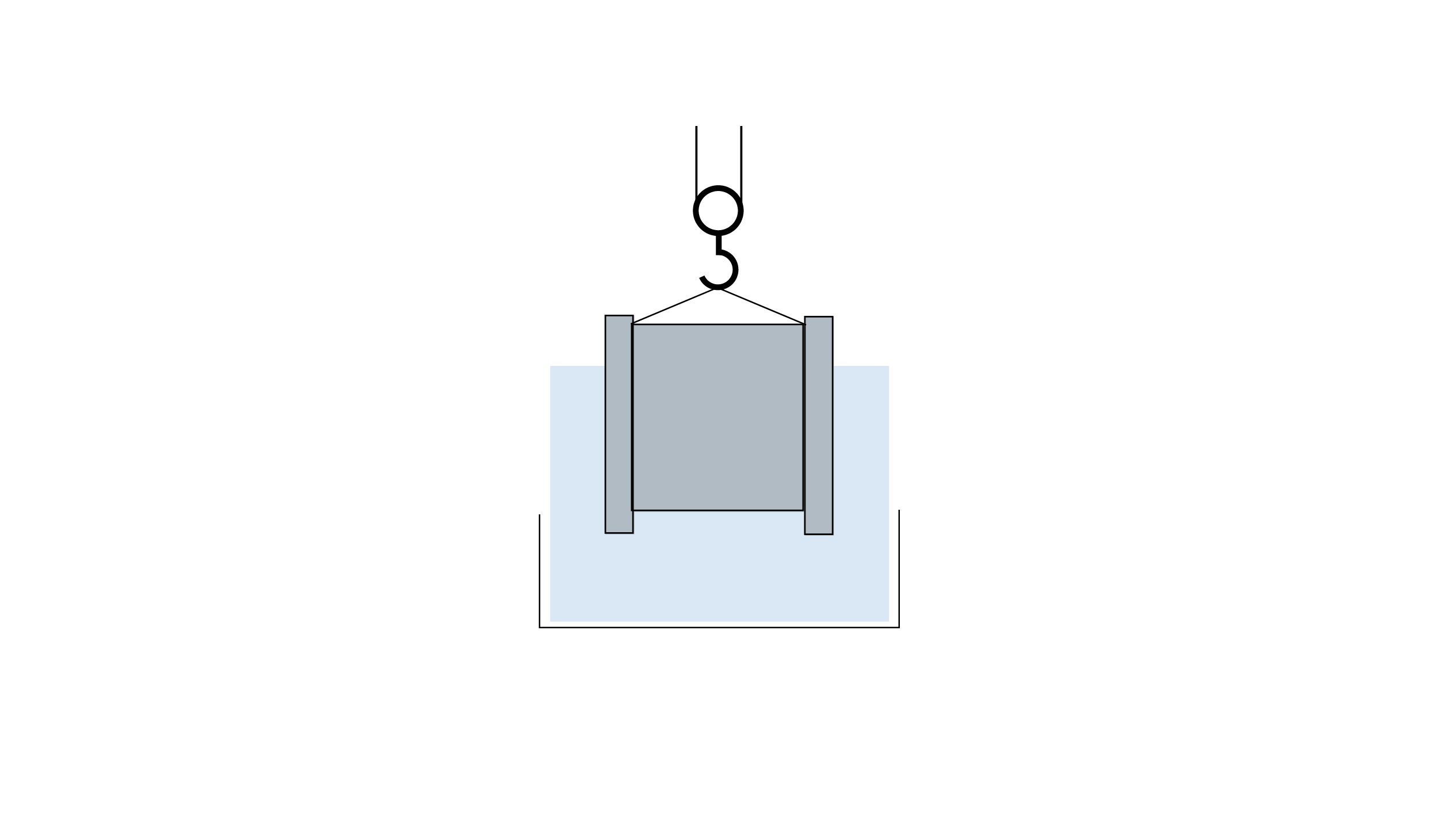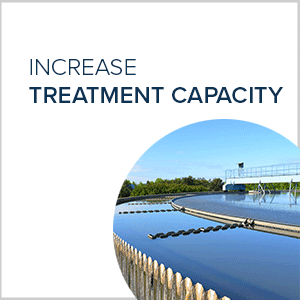4 Major Operational Challenges Facing Wastewater Treatment Plants
OxyMem MABR Can Help WasteWater Treatment Plants Overcome 4 Key Challenges
Clean water is an essential resource for people and their environments throughout the world.
Those who provide effective solutions for wastewater treatment play a major role in returning clean, safe water back to its source.
Operational efficiency is always of utmost importance in treatment facilities and this has driven innovation in the sector for quite some time. Recently, great advances have been made in the development of efficient technologies but challenges still remain.
1. Energy Consumption
What is the challenge?
Energy consumption is one of the largest expenses in operating a wastewater treatment plant. Wastewater treatment is estimated to consume 2 - 3% of a developed nation’s electrical power, or approximately 60 tWh (terawatt hours) per year. In municipal wastewater treatment, the largest proportion of energy is used in biological treatment, generally in the range of 50 - 60% of plant usage.
What is the solution?
Changes in biological treatment processes have the potential to significantly reduce the energy demand at a treatment plant. Some examples of solutions include; use of fine screens in primary treatment; membrane technology for the aeration process; and direct treatment of high concentration return streams.
2. Staff
What is the challenge?
Operators of wastewater treatment facilities must be adequately trained and certified individuals. They are on call 24 hours a day and are responsible for overseeing everything from pipe leaks and valves to electrical and instrumentation equipment. This work becomes especially demanding during changes in influent and seasonal changes.
What is the solution?
While there will always be a need for the physical presence of staff to be responsible for the overseeing of activities at treatment facilities, operator management can account for up to 30% of the operational costs of a wastewater treatment plant. Emerging technologies driven by OPEX reduction are utilising the benefits of automation which reduces the requirement of operator engagement.
3. Sludge Production
What is the challenge?
Sludge is the residue generated during physical, chemical and biological treatment. A major environmental challenge for wastewater treatment is the disposal of excess sludge produced during the process.
What is the solution?
Safe and long term solutions for the destination of sludge produced by wastewater treatment plants are a vital element of a sustainable functioning facility. The recycling of sludge, containing useful organic matter and nutrients in agriculture is considered as the best solution. Some more modern treatment technologies are even able to reduce the burden of sludge by lowering its production.
4. Footprint
What is the challenge?
Activated sludge treatment has many challenges - one of the biggest being the footprint it demands. Activated sludge plants are costly to construct and occupy substantial land areas. Primary and Secondary processes rely upon vast tracts of land for large and costly settling tanks and aeration basins. Due to populations constantly increasing, municipal wastewater treatment plants need to expand their capabilities too!
What is the solution?
Advanced technologies that use smaller process basins by increasing the amount of biomass per unit volume via the addition of media for biofilm attachment (such as IFAS and MABR) or increasing the biomass concentration (such as MBR) are leading the way in reducing footprint. Smaller footprint means land cost savings, but it also means reducing CAPEX (less concrete, steel, and equipment).
While there are many more challenges facing wastewater treatment plants, these are the 4 major topics we find to be pain points for our customers. OxyMem is a unique solution which answers all of the challenges discussed above. What challenges do you face in your facilities and what are you finding to be the best solutions?
Contact us today if you would like more information on how OxyMem MABR can transform your plant








